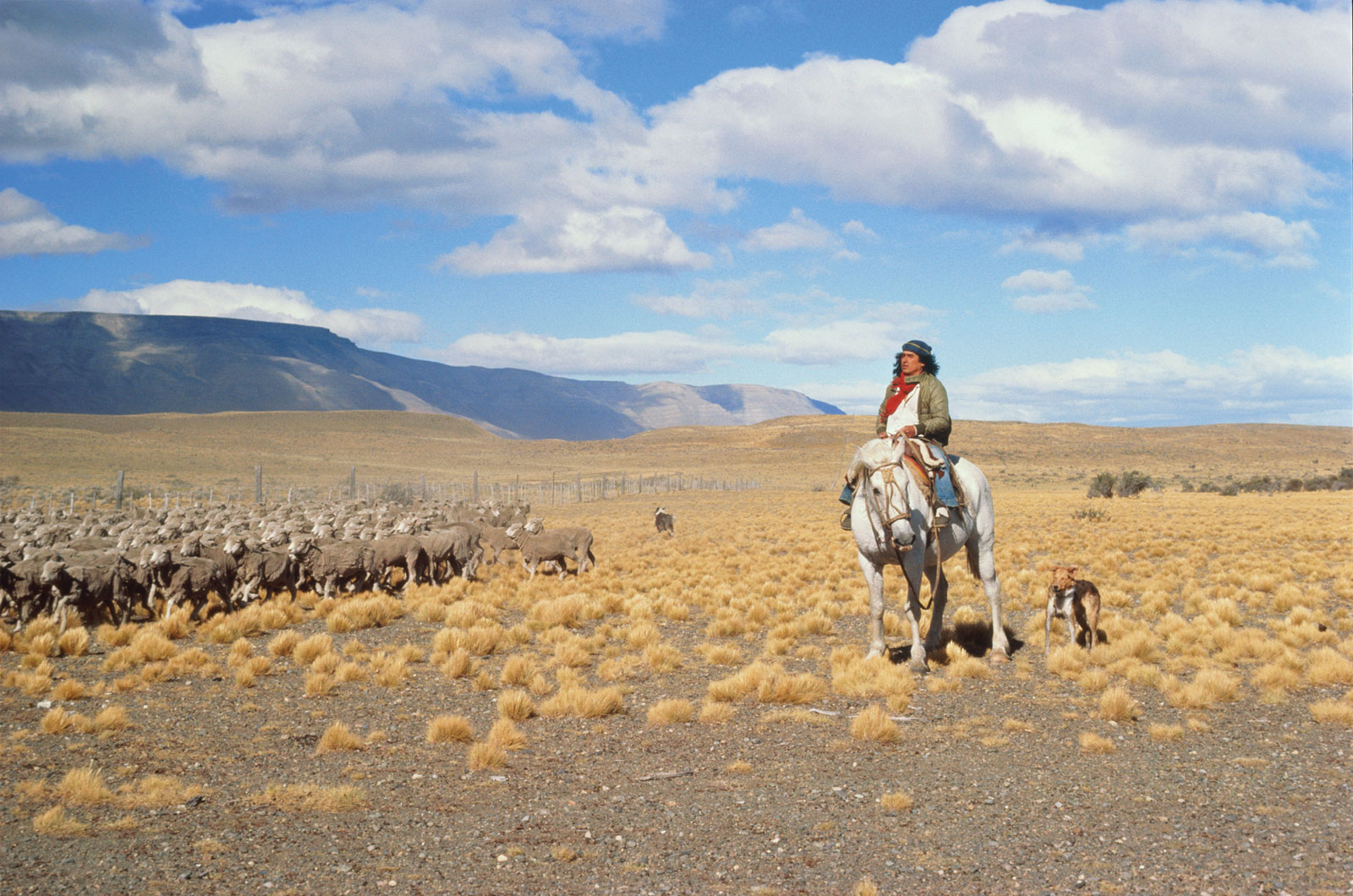Irish-speaking Argentinean Indians!! January 8, 2013
Author: Beach Combing | in : Contemporary, Medieval, Modern , trackbackOne of the weaker proofs of Pre-Columbian contacts with Europe is the legend of the ‘white Indian’. Typically, a pioneer in the sixteenth or seventeenth or eighteenth or even the nineteenth century comes upon an Indian who by his appearance or his actions shows that he is really of European descent. Prior to today Beach knew two versions. First, there is the Welsh-speaking Indian connected, of course, with the legend of Madog. A Welsh man meets an Indian who speaks perfect Caernarfon Welsh, six or seven centuries after Madog was supposed to have plunged into the waves: special thanks to KR for emails on this subject. There is a more sensible but still not convincing version where Welsh words are identified in the language of a given Indian tribe, e.g. the Mandans.
The second, White Indian, is, of course, the blond Eskimo: a visitor to the Arctic Circle comes upon a tribe or a group or a family or an individual in Inuit clothes with a strangely European face and blonde hair. This particular legend is more credible than the Welsh one, given Viking penetration into the Arctic Circle. There have even been some scholarly attempts to argue for Greenlaner and Inuit fusion as a way out of the what-the-hell-happened-to-the-Greenland-settlements problem (another post another day). However, recent DNA tests suggest that there was no or only very minimal mixing.
Today, we stumbled on a third version that we record here to see if anyone can add to it or give some kind of background: drbeachcombing AT yahoo DOT com
It is an amazing fact, one not know to archaeologists or the conventional South American historians of British or American or European nationality, that, in a remote mountain valley lying in the South Andean cordilleras, somewhere west of Miraflores and San Rosario, in North-Western Argentina, is a tribe of ‘Indians’ speaking pure Gaelic or Erse! They emphatically not emigrants from modern Ireland or Scotland, for their ancestors were in that region ages before the arrival of Spanish conquistadores. I met a colleague in a Civil Defence wardens’ post in 1943, whose Irish unle, while on the pampas of Argentina, in 1910, met and talked with these Indians who are called Patanian Indians and worked on the Pampas Enthral, near Miraflores. Some members of this tribe of Patanian Indians have the blue eyes and reddish hair of the Irish Kelt. Others are nigrescent. It is known that Indians in the region of modern Maryland had traditions of a strange people, living in their territories, who spoke the old Irish tongue and worked metals. Pity that the Irish cleric – he was Fergil, or Ferghil or Vergile, Bishop of Salzburg – did not indicate the source of his information about the far voyages of the old Irish, or sketch in the details of a picture which must now remain forever a rare and fascinating glimpse of a world of very ancient date from which a small corner of the veil has been lifted – and dropped.
The reference to Vergil is a misunderstanding. As to the Irish of Maryland… Never heard a thing.
***
22 Jan 2013: Kate writes: I’m sure others with more knowledge have commented but, there are old traditions of the famous lost colony of Roanoke having been semi-assimilated into local tribes of interior Virginia. Supposedly, these people had blue eyes, prayed before meals and had a large bell that was rung to gather the community. These stories became part of the Melungeon culture of the area. Bill Bryson mentions them in his book The Lost Continent. Not maryland, but not too far away, either. Thanks Kate!
25 Feb 2016: Piffany writes ‘Just saw your archive piece on Irish-speaking Argentinian Indians. I saw a documentary not so long ago which considered the origin of red-headed people in the Andes – I believe it was “Lost Kingdoms of South America” (BBC) – and if I remember rightly, DNA testing suggests that the influx of Celtic DNA was a lot more recent than it suits some to believe, as in, within the last couple of hundred years. There is an article, “How did blond whites arrive in America before Columbus?” on the American Renaissance website that provides more info on the myth. Hope you find this helpful!’



